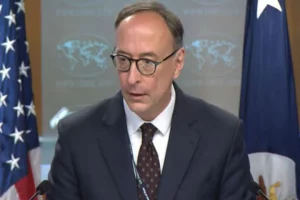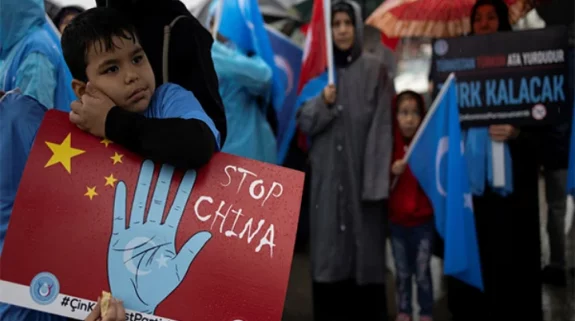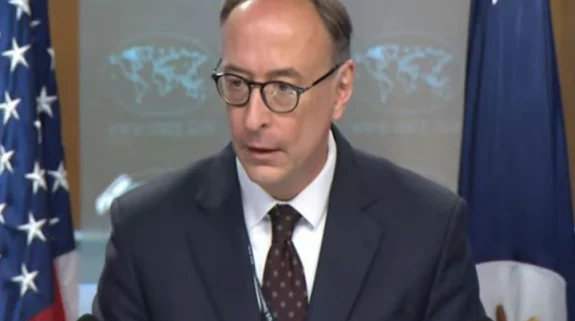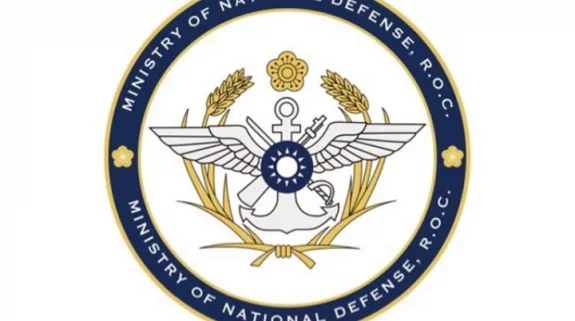UAE’s decision to slap a visa ban on Pakistan's blue collar expats, threatening the inflow of billions of dollars in remittances has stirred deep anxiety in Islamabad, where the economy is already on life support.
The United Arab Emirates is home to about 1.6 million Pakistanis. According to the State Bank of Pakistan, UAE comprising Abu Dhabi, Dubai, Sharjah, Ras-al-haimah, Ajman among others, has been the second largest remitter country to Pakistan next only to Saudi Arabia. Besides Pakistan, the UAE has also banned issuance of visas to 12 other Muslim-majority countries including Turkey, Iran, Libya, Lebanon, Afghanistan among others due to security concerns.
In October alone this year, remittances from UAE stood at $504 million, while Saudi Arabia contributed $634.8 million. The corresponding figure for September was $473 million from UAE. The ban on visas would mean Pakistanis, whose favourite work destination has been the UAE along with other Gulf countries, will not be able to travel to the region for work in the near future. Shrinking remittances will hit the country’s foreign exchange reserves which are already in a precarious state.
On the one hand, Pakistan’s external debts are swelling and on the other, countries and allies that have been traditionally financing and providing loans to the south Asian country are becoming more and more reluctant to extend further credit. “The ban in issuance of visas will not impact the lives and livelihood of Pakistanis already living in the UAE. But the travel restrictions for Pakistani nationals wanting to go to the UAE for work, will have a huge impact on Pakistan’s foreign exchange reserves,”
Jayanta Roy Chowdhury, senior journalist and a foreign affairs commentator said. A healthy forex reserves position– the amount of foreign currency held by the central bank– is essential for meeting all international payment obligations for imports and repaying debt. It also provides the necessary cushion in case of sudden outflows of foreign currencies from a country. Pakistan-based newspaper, The Express Tribune in a recent article noted that the country’s external debt currently stands at a staggering $113 billion while the country was spending 41 per cent of its revenue on debt servicing.
“The public debt-to-GDP ratio has crossed 87 per cent, thus violating the constitutional limit of 60 per cent defined in the Fiscal Responsibility and Debt Limitation Act 2005,” the newspaper noted. An increased and continuous flow of remittances, therefore, is critical for Pakistan to remain afloat. “However, this channel is also coming under pressure due to the changing global political economy, particularly around Iran and Israel,” the article said. Last year, the cash-starved country received a loan of $10.40 billion from its long term allies including UAE and China. The much-needed shot in the arm helped Islamabad stabilise its foreign exchange kitty and even repay a few of its pending loans.
According to Gulf News, UAE typically provides about 200,000 fresh jobs to Pakistani citizens every year. “It has come to light that since the ban had come into effect on November 18, 2020, a recruitment agency in Rawalpindi alone has lost 3,000 jobs,” another article published by the EurAsian Times noted, adding that India has benefited the most from this.
A worried Pakistan foreign minister Shah Mahmood Qureshi has taken up the visa issue with Emirati State Minister Reem Al Hashimi. While two analysts Indianarrative.com spoke to said that the ban on issuance of visas could be a temporary measure, it is “a jolt to Pakistan, which until now had always banked on the UAE and Saudi Arabia.”




















